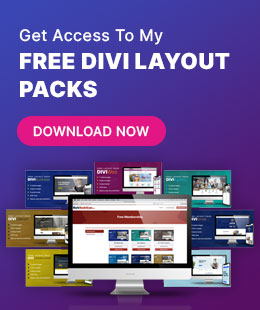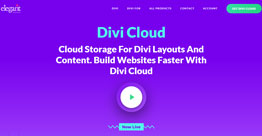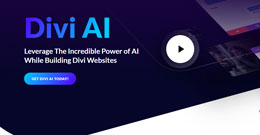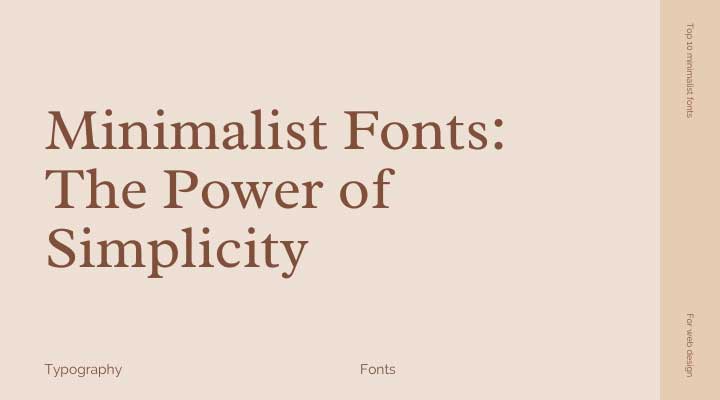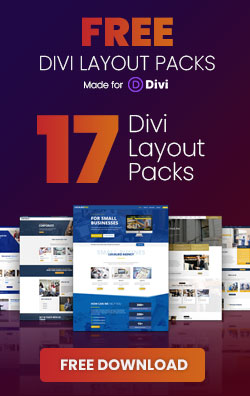When it comes to modern design, sometimes less is truly more. Minimalist fonts have surged in popularity because of their sleek, clean, and straightforward appeal. But what exactly makes a font “minimalist,” and why should you care? Let’s dive into the beauty of simplicity in typography.
Table of Contents
What are Minimalist Fonts?
Minimalist fonts strip away unnecessary details, focusing on clarity and functionality. Think clean lines, geometric shapes, and a lack of decorative flourishes. The result? A modern, easy-to-read typeface that blends well in a variety of designs, from websites to logos.
Why Use Minimalist Fonts?
- Improved Readability: In the cluttered world of digital content, minimalist fonts make text easier to digest. They’re typically sans-serif, which means no extra strokes on the letters—just pure, functional shapes.
- Modern Aesthetics: Minimalist fonts exude a sense of modernity and professionalism. They often feel sleek, contemporary, and timeless—ideal for brands that want to appear cutting-edge without going overboard.
- Versatility: These fonts can do it all. Whether it’s a tech startup, a luxury fashion label, or a blog, minimalist fonts seamlessly fit into different design aesthetics.
Key Characteristics of Minimalist Fonts
Minimalist fonts might seem plain at first glance, but they follow design principles that make them highly effective:
- Simplicity: They prioritize clarity over decoration. No extra loops or complex curves—just clean, simple lines.
- Geometric Shapes: Many minimalist fonts are based on basic geometric shapes, giving them a balanced and symmetrical look. For those who want a modern look with more visual flair, outline fonts offer a minimalist approach with a unique twist, making them ideal for headings and logos.
- Neutrality: They’re intentionally designed to be unobtrusive. This makes them ideal when you want your content to shine, not the font.
Top 10 Minimalist Fonts to Elevate Your Design
To help you get started on your minimalist design journey, here’s a curated list of the top 10 minimalist fonts that blend simplicity with elegance:
Helvetica
The classic go-to for minimalism, versatile in any design.

Futura
Geometric, bold, and timeless.

Montserrat
Modern and clean, popular for web use.

Roboto
A digital favorite with excellent readability.

Open Sans
A neutral font that works well for web and print.

Lato
Smooth, modern, and easy to read.

Avenir
Elegant and geometric, great for branding.

Nunito
A balanced and rounded sans-serif.

Bebas Neue
A bold, condensed font ideal for headlines. If you’re looking for fonts that make a strong impact while still maintaining a minimalist appeal, consider using block fonts for a bold and modern aesthetic in your designs.

Raleway
A stylish and refined choice for contemporary designs.

These fonts offer the perfect balance of minimalism and functionality, ensuring your text looks clean and professional without distracting from your message. Try them out in your next design project!
How to Choose the Right Minimalist Font
When picking a minimalist font for your project, think about:
- Readability: Make sure your font is legible, especially for body text. A minimalist font should never sacrifice function for form.
- Brand Personality: What does your brand or project stand for? If you’re after a modern, cutting-edge feel, fonts like Helvetica or Futura might be your best bet.
- Medium: Is your content going to be viewed on a mobile device, a desktop, or in print? Minimalist fonts typically work well across different mediums, but some might perform better on specific platforms.
Free vs. Paid Minimalist Fonts
Minimalist fonts come in both free and premium options. Many great minimalist fonts are available for free (like Google Fonts’ Roboto and Open Sans), while premium options often offer more unique designs or additional features like extended character sets.
- Free Fonts: Great for personal projects or budget-conscious designers. Sites like Google Fonts or Font Squirrel offer high-quality minimalist options.
- Paid Fonts: Investing in a premium font can give your design a more unique look. Sites like MyFonts and Adobe Fonts offer premium minimalist fonts with more distinct characteristics.
Conclusion
Minimalist fonts are more than just a trend—they’re a design staple that can elevate your project with their clean, modern aesthetic. Whether you’re building a brand, designing a website, or creating a logo, minimalist fonts provide clarity, functionality, and style without the noise.
Next time you’re designing something, give a minimalist font a try. You might be surprised by how much power simplicity can bring to your work!
Additional Resources
If you’re looking to explore more minimalist fonts or dive deeper into design principles, here are some helpful resources:
- Google Fonts – A vast collection of free minimalist fonts like Roboto, Lato, and Nunito.
- Font Squirrel – High-quality, handpicked fonts that are 100% free for commercial use.
- MyFonts – A great marketplace for both free and premium minimalist fonts.
- Adobe Fonts – Premium fonts that integrate seamlessly with Adobe Creative Cloud.
These resources offer both inspiration and practical options to improve your design projects.






